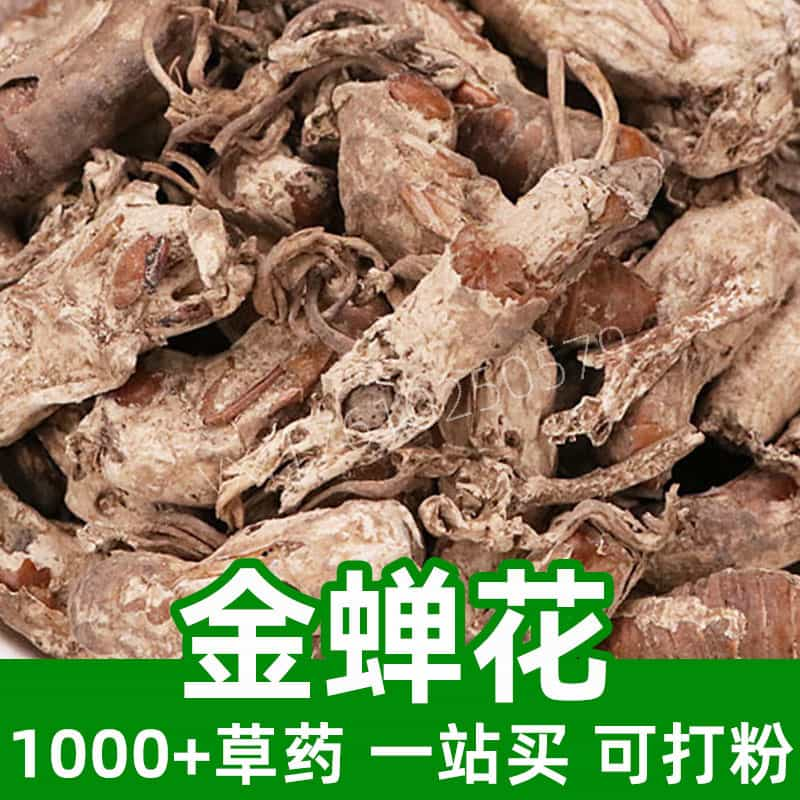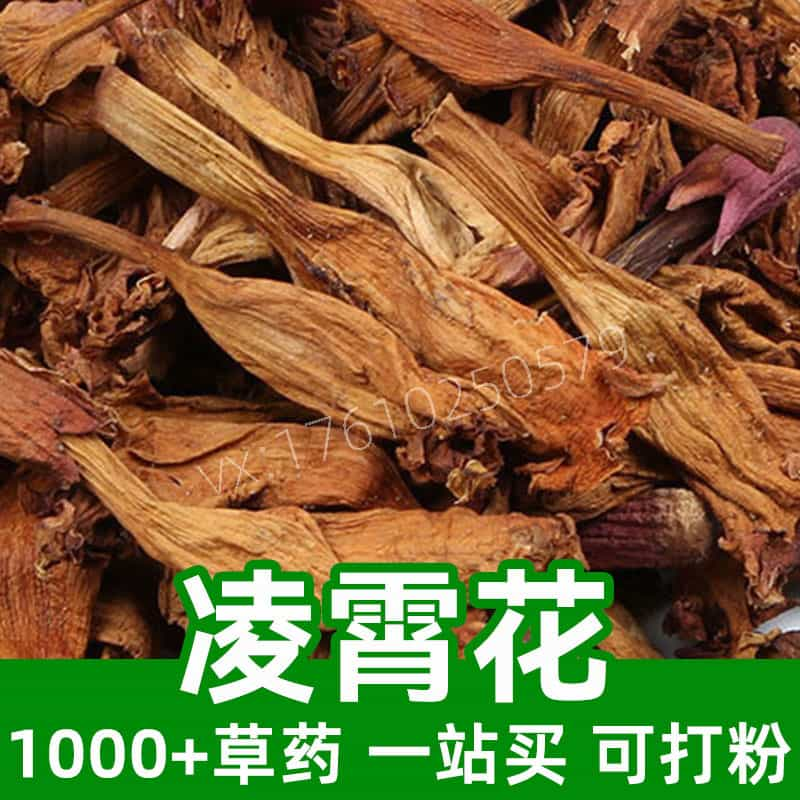Sensitive Plant Product Introduction
Sensitive Plant, also known as Shy Grass or Sensitive Grass, is a small herbaceous plant famous for its sensitivity to external stimuli. Its main components include alkaloids, tannins, flavonoids, and essential oils. Sensitive Plant primarily grows in tropical and subtropical regions, in environments such as grasslands, roadsides, and field edges.
Sensitive Plant has a long history in traditional Chinese medicine, often used for clearing heat, detoxifying, cooling blood, stopping bleeding, reducing swelling, and relieving pain. The medicinal part of the plant is the whole herb, which can be used in decoctions, teas, or ground into powder for pill forms. To preserve its medicinal properties and quality, the plant is usually dried during the preparation process.
Beyond its medicinal uses, Sensitive Plant is also widely cultivated for its unique tactile properties. The leaves fold quickly when touched or stimulated, providing amusement and curiosity for people. Sensitive Plant is often planted in gardens, yards, or pots as an ornamental plant and is beloved for its distinctive appearance.
Main Active Ingredients of Sensitive Plant
The primary active components of Sensitive Plant (scientific name: *Mimosa pudica*) include alkaloids, tannins, flavonoids, and essential oils, which give the plant its distinct physiological and pharmacological activities.
- Alkaloids: Sensitive Plant contains several alkaloids, such as caffeine, muscarine, and mandragorin, which have sedative, analgesic, and antibacterial effects.
- Tannins: Tannins are a crucial component of Sensitive Plant and have astringent and hemostatic properties, making them useful for treating wounds and ulcers.
- Flavonoids: Sensitive Plant is rich in flavonoids like quercetin and quercitrin, which possess antioxidant, anti-inflammatory, and antibacterial effects, helping to improve immune function and promote wound healing.
- Essential Oils: The essential oils of Sensitive Plant contain various volatile compounds, such as aromatic hydrocarbons, alcohols, and aldehydes, which have antibacterial, insect-repellent, and sedative effects.
These active ingredients work together to give Sensitive Plant various pharmacological effects, including sedative, anti-cough, phlegm-clearing, heat-clearing, detoxifying, cooling blood, stopping bleeding, reducing swelling, and relieving pain. In traditional Chinese medicine, it is commonly used to treat coughs, colds, fever, indigestion, and external bleeding. Its gentle effects make it suitable for people of all ages, making it a common herbal material.
Sensitive Plant Applications and Dosage
Sensitive Plant has wide applications in traditional Chinese medicine and the food industry, primarily used for body regulation, health maintenance, and skincare. The following is a detailed introduction to its applications and dosage:
- Cough and Cold: Sensitive Plant has heat-clearing, phlegm-expelling, and cough-suppressing properties, making it effective for treating coughs, sore throats, and colds. It is typically consumed as a decoction or Sensitive Plant tea, 1-2 times a day, 5-10 grams each time, with dosage adjusted based on individual needs.
- Indigestion: Sensitive Plant helps with liver Qi stagnation, improving digestion and promoting appetite. It can be used to treat indigestion, bloating, and poor appetite. It can be taken as a decoction or Sensitive Plant tea, 1-2 times daily, 5-10 grams per dose, either before or after meals.
- Beauty and Skincare: Rich in flavonoids and antioxidants, Sensitive Plant has anti-aging, anti-inflammatory, and antioxidant properties, making it beneficial for skincare. It can be made into masks, shampoos, or body washes, or consumed as tea to improve skin quality.
- Weight Loss: Sensitive Plant is believed to have diuretic and anti-edema effects, helping to boost metabolism and reduce water retention. It can be taken as a decoction or Sensitive Plant tea, 1-2 times daily, 5-10 grams per dose, combined with a balanced diet and regular exercise for effective weight loss.
- Mood Regulation: Sensitive Plant has sedative effects and can help relieve anxiety, stress, and insomnia. It is typically consumed as a decoction or Sensitive Plant tea, 1-2 times a day, 5-10 grams per dose, helping to improve sleep quality and regulate emotions.
Overall, Sensitive Plant is a safe and natural herb used in both medicine and food. However, care should be taken to avoid overuse or prolonged use, especially for special groups like pregnant women, nursing mothers, and children. It is advisable to consult a doctor or professional before use.
Sensitive Plant Source, Distribution, and Growing Environment
Sensitive Plant (scientific name: *Mimosa pudica*), also known as Shy Grass or Sensitive Grass, is a common perennial herb belonging to the legume family, genus Mimosa. Here is a detailed introduction to its source, distribution, and growing environment:
- Source Plant:
- Sensitive Plant is native to South America, first discovered in Brazil and Peru. Today, it is widely cultivated around the world and is common as both an ornamental and medicinal plant.
- Distribution:
- Sensitive Plant is primarily found in tropical and subtropical regions, including South America, Central America, North America, Africa, Asia, and Oceania. It is commonly found in fields, roadsides, grasslands, riverbanks, and shrubs in tropical regions.
- Growing Environment:
- Sensitive Plant thrives in warm, humid environments and is not very particular about soil. It is drought-resistant and adaptable, capable of growing in sandy, loamy, and calcareous soils.
- It typically grows below 1,000 meters in elevation, in areas with a warm, humid climate and an annual rainfall of over 800 millimeters. It enjoys full sunlight but can also tolerate semi-shade.
- Due to the resilience of its seeds, Sensitive Plant can rapidly propagate in suitable environments and may even become an invasive species in certain areas, forming dense colonies.
In general, Sensitive Plant is a highly adaptable plant with a wide growing range. It is widely distributed in tropical and subtropical regions and can grow in various types of soil and climate, making it a common wild and ornamental plant.
Sensitive Plant Harvesting, Processing, and Storage
During the harvesting, processing, and storage of Sensitive Plant, several considerations need to be kept in mind. Below is an introduction to the related processes:
- Harvesting Time:
- Sensitive Plant should be harvested in the morning or evening, when the plant has more moisture and the leaves are tender, making them easier to pick.
- Harvesting Method:
- Harvesting should be done gently to avoid excessive squeezing or shaking, which may damage the leaves. Fresh, tender leaves should be selected for harvesting.
- Processing:
- After harvesting, Sensitive Plant should be processed promptly. The leaves can be air-dried or sun-dried to reduce moisture content and extend storage life. They can also be made into Sensitive Plant tea or other medicinal products.
- Storage:
- Processed leaves should be stored in a dry, well-ventilated area, avoiding direct sunlight and high temperatures. The leaves can be dried in a cool, shady place, and once dry, they should be stored in sealed containers.
- Storage Duration:
- Properly processed and stored Sensitive Plant leaves can last for several months to a year, but storage duration may vary depending on environmental factors such as humidity, temperature, and ventilation.
In summary, harvesting, processing, and storing Sensitive Plant requires care to maintain the integrity and freshness of the leaves, avoiding moisture and mold. It is essential to select the appropriate storage environment and methods to extend its shelf life while preserving its medicinal value and quality.
Monica Sun is a seasoned expert in the natural raw materials industry, with over a decade of experience specializing in traditional Chinese medicinal herbs, spices, and fungi. She is skilled in the sourcing, processing, and application of these materials, emphasizing sustainability and innovation. Monica Sun has contributed to the development of high-quality natural raw materials that serve as essential components in functional foods, pharmaceuticals, and cosmetics, delivering tailored solutions to meet diverse market needs.













